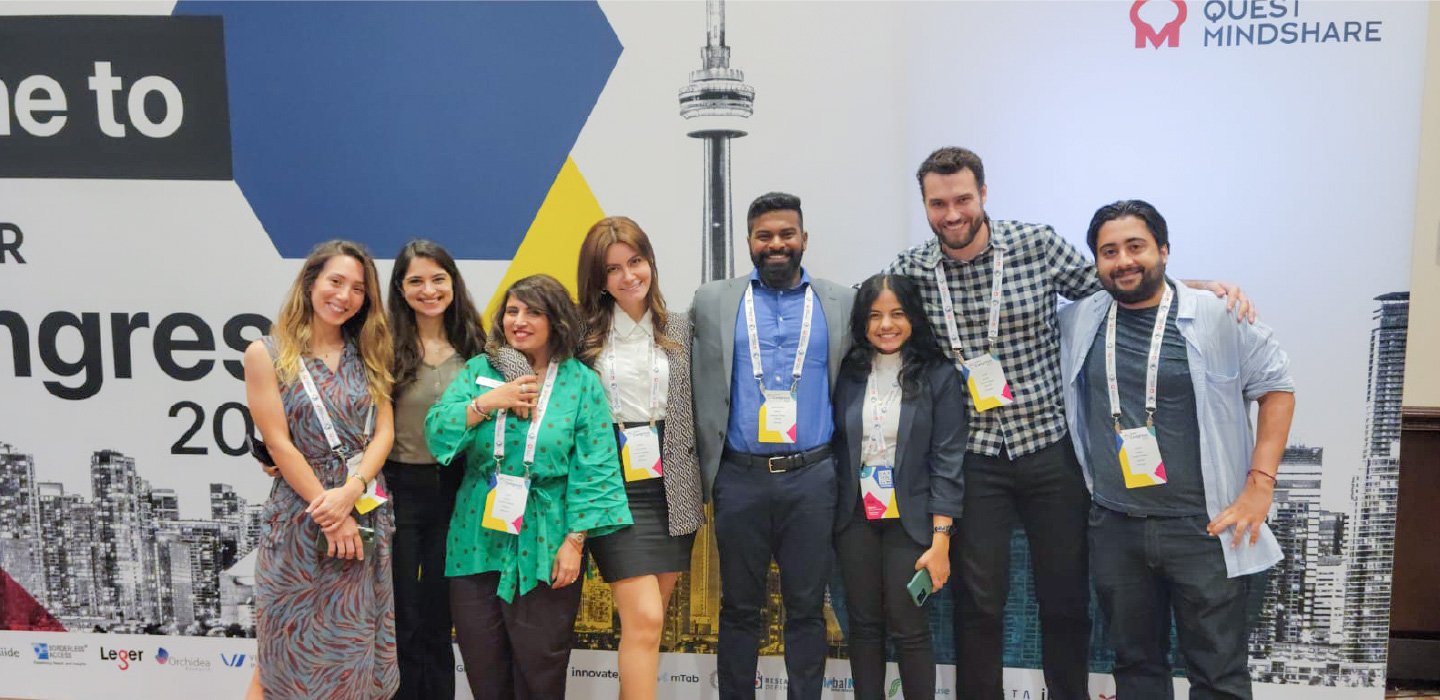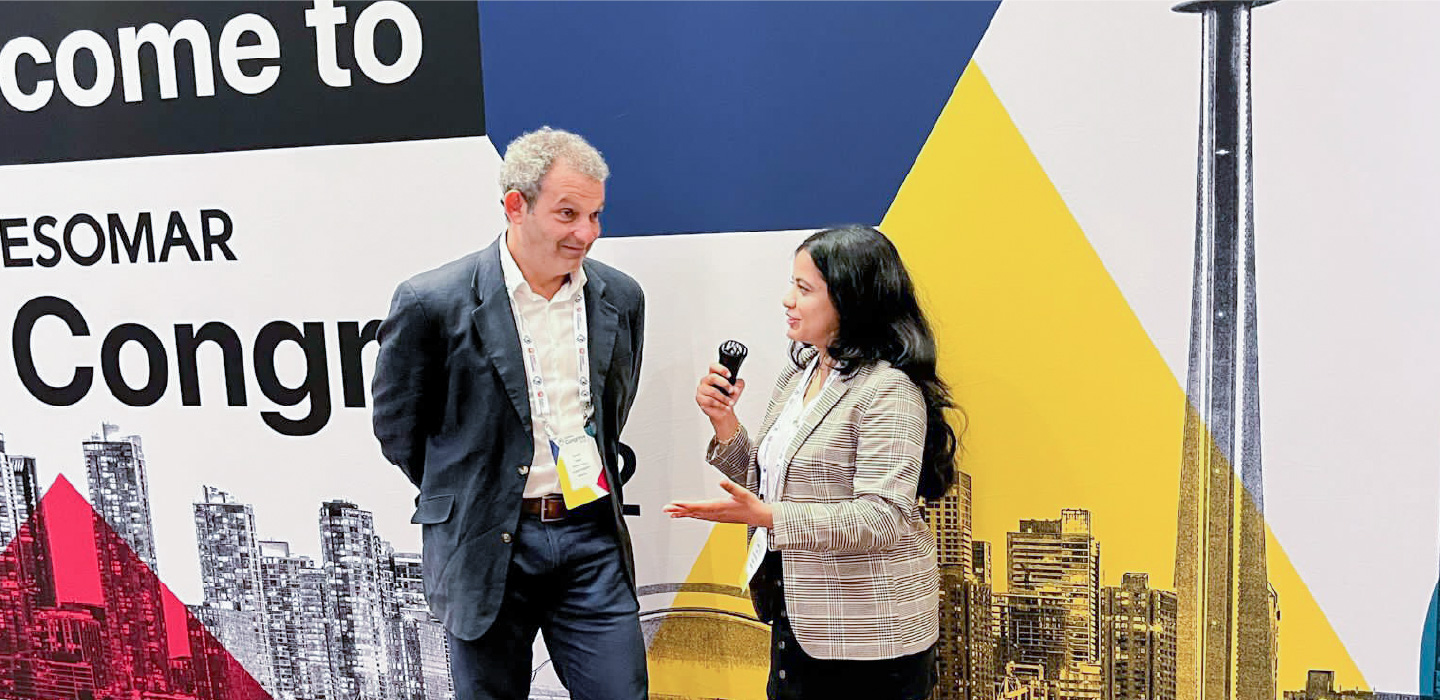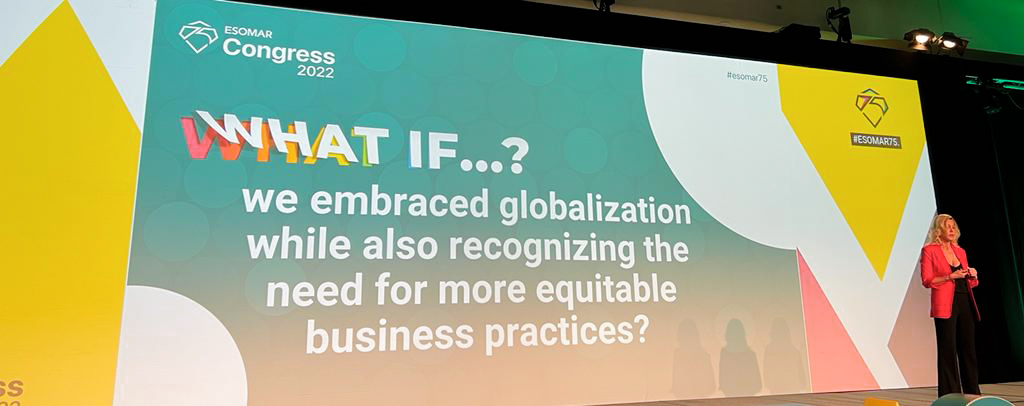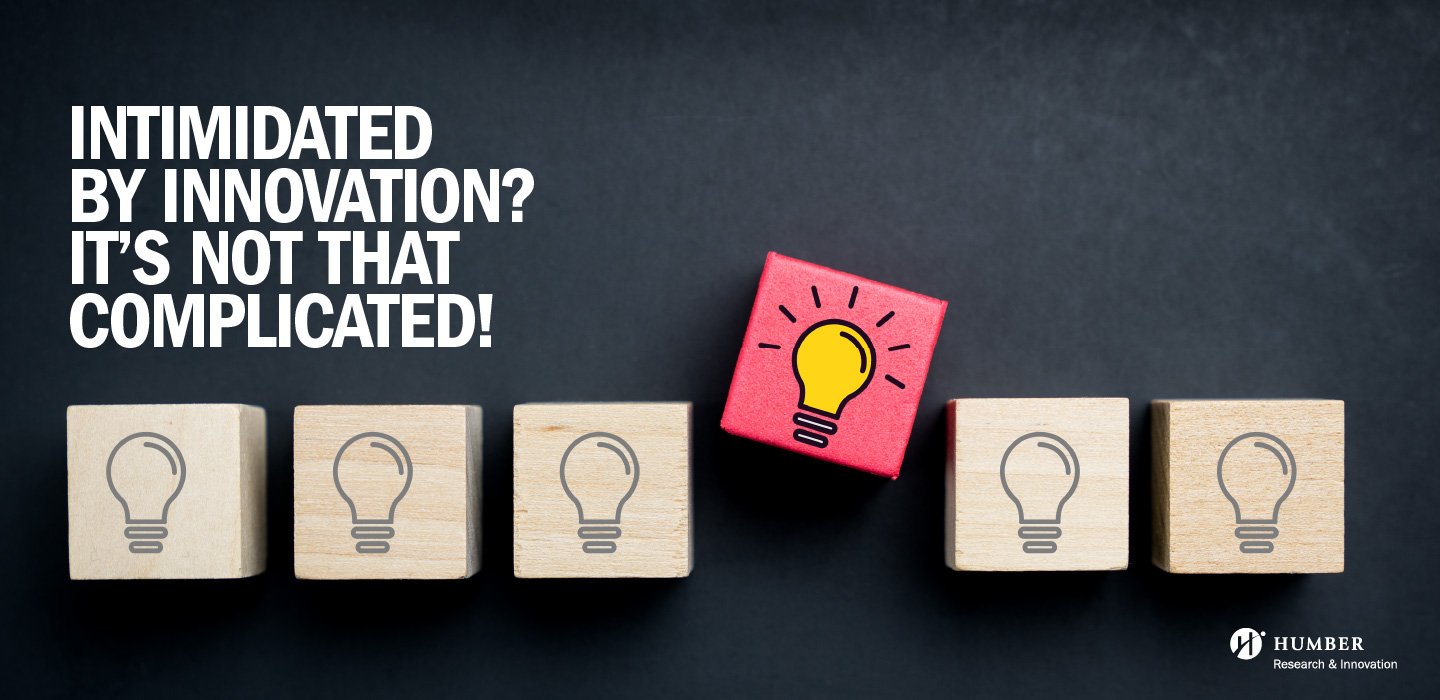Innovation has always seemed daunting to me; and innovators—elite beings belonging to a special species handpicked by a greater power in the universe.
Think about it. A man woke up one day and decided walking wasn’t enough; he now wanted to fly. Little ol’ me would’ve thought he was bonkers, trying to achieve an impossible feat.
But the Wright brothers went ahead and did the impossible—they created a device that let humans fly among the clouds. We went from using candles to being illuminated by light bulbs, from writing letters to video calling our loved ones using smartphones, and from using libraries to creating computers that let us store it all. All of this seems nothing short of witchcraft or a special sort of genius to me.
So, when I was given the opportunity to attend ESOMAR Congress 2022, a conference attended by the leading and emerging innovators in the world, I was understandably a little intimidated. I attended the conference with members of Humber’s Office of Research & Innovation, including Anju Kakkar, IMBB™, the Managing Editor of Humber Press; Dianna Dinevski the Associate Dean of Research & Development; Raeshelle Morris the Innovation Program Manager; Barath Michel the Senior Project Manager; Camila Perez Pena the Strategic Innovation Manager; David Weisz the Director of StoryLab, Saran Davaajargal the Editorial Assistant; and Felipe Narcizo the Social Media & Marketing Coordinator. I was also accompanied by my fellow research assistants Esha Rana, Lucas Cunha, and Muge Abac.

So, what do I do among innovators and professionals who use terminologies beyond my understanding to come up with these complex ideas?
The answer is: OBSERVE, INTERACT, LEARN.
ESOMAR was an eye-opening experience. It taught me that a driving catalyst for innovation is quite simple and understated. It begins with listening to people and leads to “collecting and analyzing quantitative and qualitative data,” as researchers and innovators like to say. A deeper conversation on what the term “innovation” means led me to learn that when the generation of novel ideas (creativity) leads to creating something new (invention) and creates value by bringing the desired new product/service to the marketplace/community–only then can we call it “innovation.” Read Issue #3 of our quarterly research and innovation magazine SPARK to read an article by Dr. Sharon McIntyre.
Listening to the keynote speakers at the ESOMAR Congress talk about using market research and insights to enhance and create services people want makes me realize that data, data analysis and data analytics are at the core of all innovation.
Holding a hot cup of coffee with one’s bare hands was too inconvenient and dangerous, so a cup sleeve was created. Going to the doctor to dress a wound every time a person scraped their knee or slightly cut their finger while cooking was not possible, so the band-aid was invented.
Every innovation is triggered by someone’s inconvenience or need to make life easier for themselves and others. And identifying these needs through data analysis helps prompt ideas that create tailored products or services.

ESOMAR was brimming with a flurry of these ideas.
At the ESOMAR Congress, every business, representative or professional, including the YES group (Young ESOMAR Students), had an idea towards improving data analysis and methods to further improve their understanding of people and their needs.
The presenters taught me that analyzing people and data helped enhance services that people wanted and created those they didn’t know they wanted. The professionals displayed a variety of methods to enhance market research. For example, Christopher Martin’s FlexMR presented their method of using emotional reactions to identify people’s preferences, while German company Epap used consumer receipts to get target audience insights.
The central theme of the Congress was, “What if?”
What an apt theme for a conference hosting professionals who support innovation. Because within those two words, “What If?” lies the crux of all innovations:
- “What if” the impossible was actually possible?
- “What if” there was an instant food-cooling device that contradicted the microwave? It would make baking and storing food convenient.
- “What if” there were sensors that alerted you every time you forgot your keys in the car? It would reduce car thefts by a significant margin.
I was left thinking all one needs to do to awaken the innovator within themselves is to ask, “What if?”
I walked into ESOMAR dreading the thought of innovation and analysis but walked out of it realizing how human these topics are.
Because at the end of the day, there will always be endless possibilities to make life easier. We need to give life to those possibilities by pausing, reflecting and listening to people and learning to use qualitative as much as quantitative tools for data collection, analysis and generating insights.

